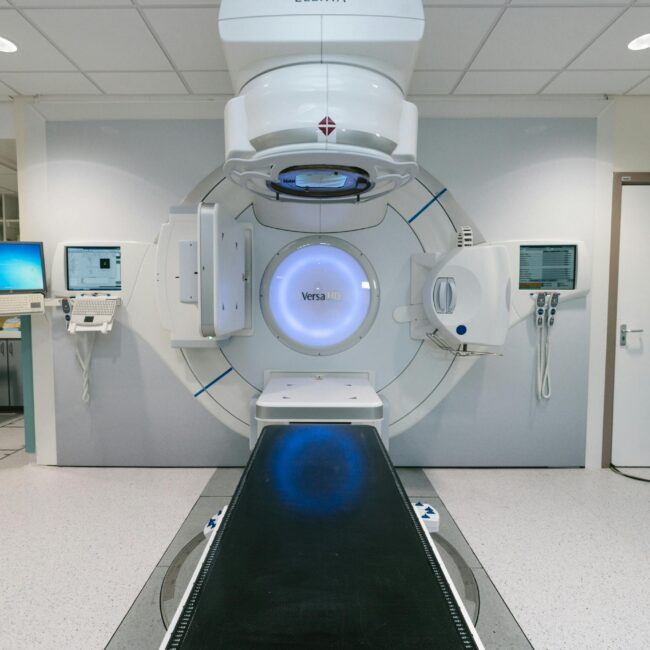A recent study published in Science Advances has unveiled critical insights into the mechanisms by which two prevalent types of chimeric antigen receptor (CAR) T cells eradicate cancer cells. Researchers from Baylor College of Medicine, Texas Children’s Cancer Center, and the Center for Cell and Gene Therapy focused on the molecular dynamics at the immune synapse—the interface where CAR T cells engage with cancer cells. Their goal was to comprehend how different signaling domains within CAR T cells influence their anticancer activity, thereby informing the design of CAR constructs that can effectively target a broader range of malignancies beyond B cell cancers.
The study differentiated between two CAR T cell types: CD28.ζ-CAR T cells and 4-1BB.ζ-CAR T cells. The former act rapidly, akin to sprinters, swiftly eliminating cancer cells but with a transient effect. In contrast, 4-1BB.ζ-CAR T cells function more like marathon runners, providing sustained anticancer activity over extended periods. This distinction arises from their interaction with membrane lipid rafts—cholesterol-rich microdomains on the cell surface that facilitate molecular interactions. CD28.ζ-CAR molecules transit rapidly through these lipid rafts, enabling quick serial killing of cancer cells. Conversely, 4-1BB.ζ-CAR molecules remain longer within the lipid rafts and immune synapse, promoting collaborative and prolonged tumor cell eradication. These findings underscore the importance of tailoring CAR T cell designs to align with specific therapeutic objectives, particularly when addressing complex and resilient solid tumors. Click for More Details







